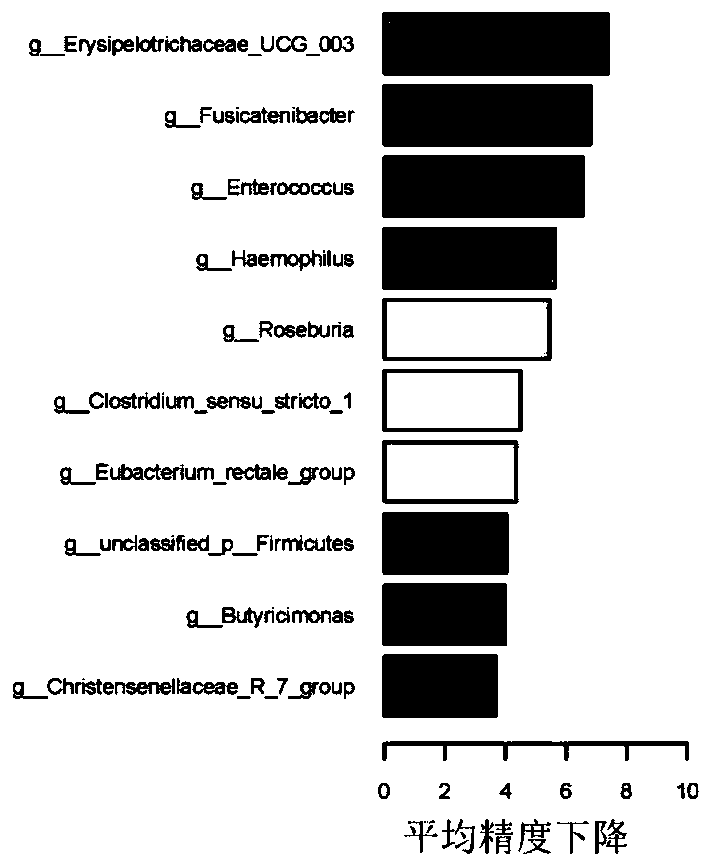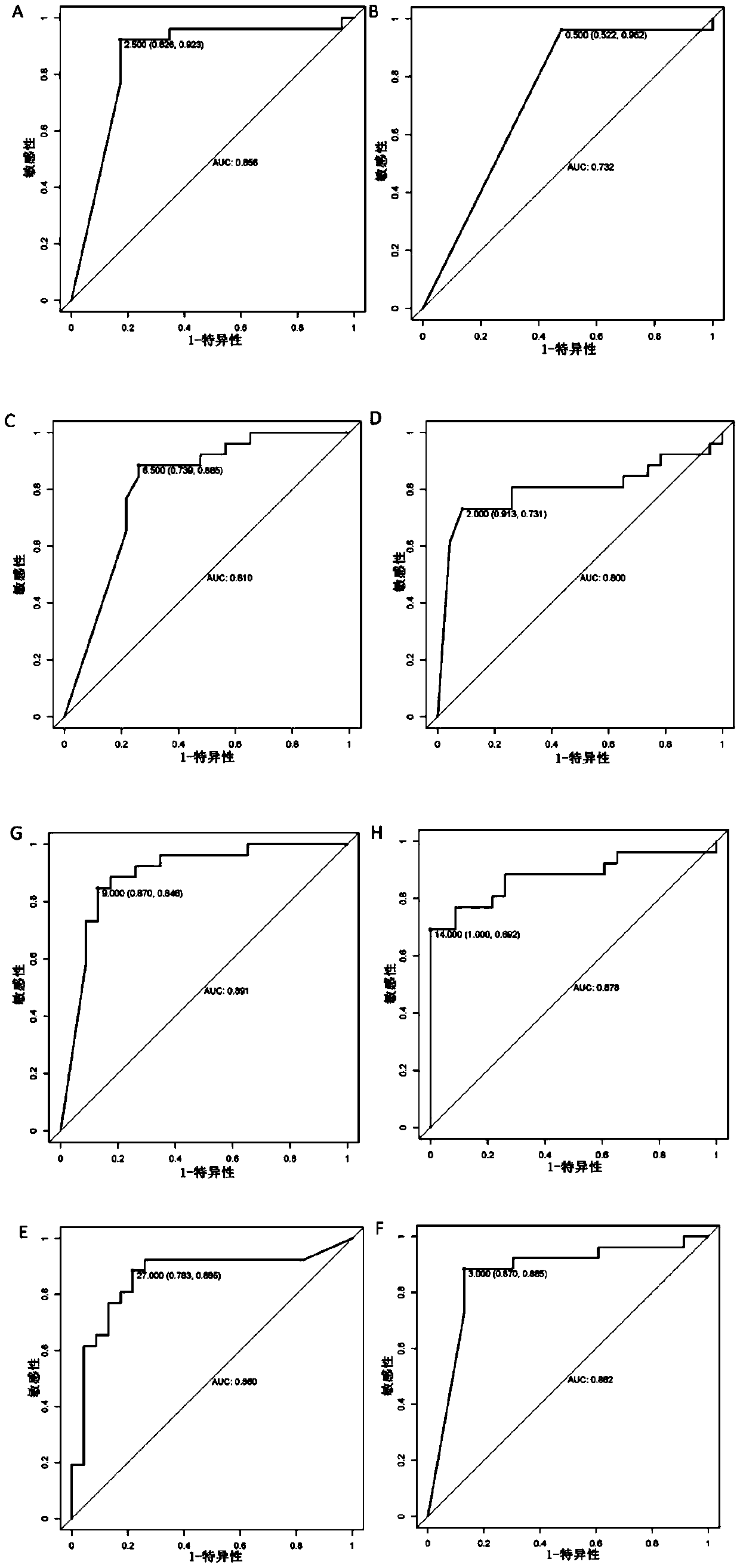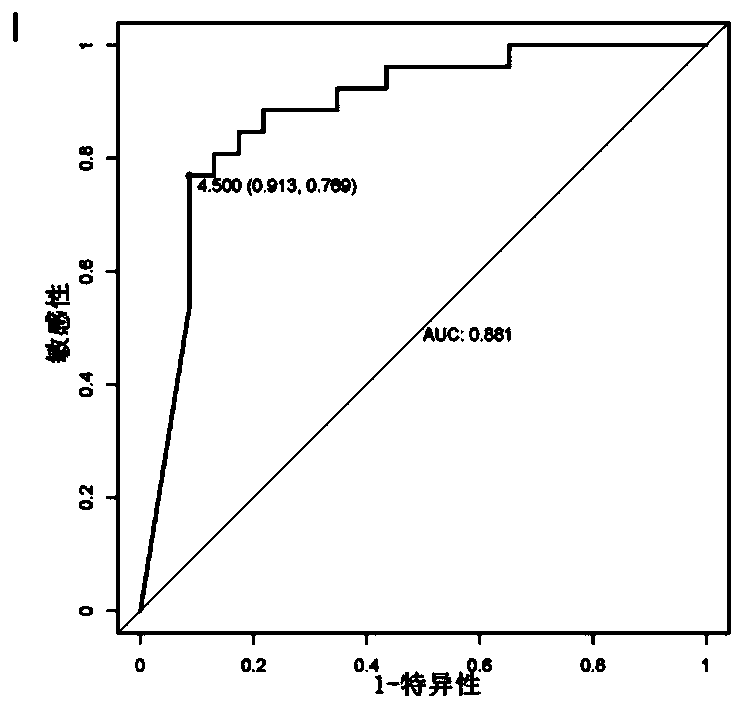Application of intestinal flora in the diagnosis of repeated respiratory tract infections in children
A technology for the respiratory tract and children, applied in the field of biomedicine, can solve the problem of unclear pathogenesis, and achieve the effect of strong sensitivity and high specificity
- Summary
- Abstract
- Description
- Claims
- Application Information
AI Technical Summary
Problems solved by technology
Method used
Image
Examples
Embodiment 1
[0033] Example 1 Screening of intestinal flora associated with children's recurrent respiratory tract infection
[0034] 1. Collection of samples
[0035] The feces of 20 healthy children and 20 cases of children with recurrent respiratory tract infection were collected, and the specimens were frozen and stored in a -80°C refrigerator. The detailed clinical information of the samples was recorded, including gender, age, frequency of upper and lower respiratory tract infections, etc. This study was reviewed and approved by the ethics committee, and informed consent was obtained from the patients and their guardians.
[0036] 2. 16S rRNA sequencing
[0037] 2.1 Extraction of DNA
[0038] Bacterial DNA was extracted from stool samples using a stool genomic DNA extraction kit, and the operating steps were performed according to the instructions.
[0039] 2.2 DNA sample purity and concentration determination
[0040] Genomic DNA was detected by 1% agarose gel electrophoresis. ...
Embodiment 2
[0058] Example 2 Fluorescence quantitative PCR verification related flora
[0059] 1. Perform large-scale QPCR verification on the above-mentioned flora, and collect 60 cases of stool samples from healthy children and children with recurrent respiratory tract infection according to the sample collection method in Example 1.
[0060] 2. Extraction and quantification of fecal bacterial DNA
[0061] Bacterial DNA was extracted from stool samples using a stool genomic DNA extraction kit, and the operation steps were carried out according to the instructions;
[0062] Genomic DNA was detected by 1% agarose gel electrophoresis to determine the total DNA concentration and purity of the extracted fecal bacteria, and the mass concentration of DNA in all samples was unified to 100 mg / L.
[0063] 3. Real-time fluorescent quantitative PCR
[0064] 1) Primer design and synthesis
[0065] According to the V3-V4 region sequence of bacterial 16SrRNA gene, specific primers were designed for...
Embodiment 3
[0079] The preparation of embodiment 3 children's recurrent respiratory tract infection diagnostic kit
[0080]According to the correlation between Fusicatenibacter, Roseburia and children's recurrent respiratory tract infection disease, children's recurrent respiratory tract infection disease can be diagnosed by detecting the abundance of Fusicatenibacter, Roseburia in the sample, and accordingly the present invention provides a kind of diagnosis based on the detection of Fusicatenibacter, Roseburia abundance Kit for recurrent respiratory infections in children. The kit components are as follows: DNA extraction reagents, primer pairs for specific detection of Fusicatenibacter and Roseburia (Roseburia) 16SrRNA, reaction buffer, deoxynucleotide triphosphate bases (dNTPs), Taq-polymerase reverse Recording enzyme, DNase, RNAse inhibitor, DEPC-water, sterile water, SYBR Green fluorescent dye.
PUM
 Login to View More
Login to View More Abstract
Description
Claims
Application Information
 Login to View More
Login to View More - R&D
- Intellectual Property
- Life Sciences
- Materials
- Tech Scout
- Unparalleled Data Quality
- Higher Quality Content
- 60% Fewer Hallucinations
Browse by: Latest US Patents, China's latest patents, Technical Efficacy Thesaurus, Application Domain, Technology Topic, Popular Technical Reports.
© 2025 PatSnap. All rights reserved.Legal|Privacy policy|Modern Slavery Act Transparency Statement|Sitemap|About US| Contact US: help@patsnap.com



